-
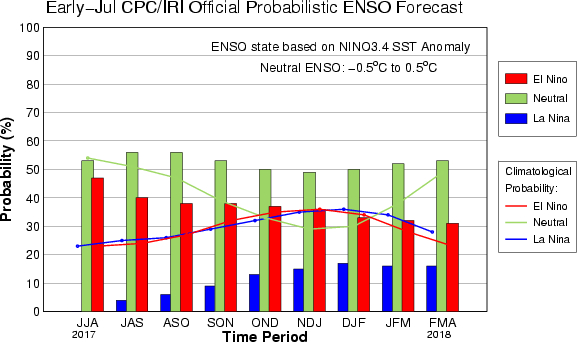
The latest ENSO forecast from NOAA indicates that the development of an El Niño later this year is increasingly unlikely, although it is not zero. A La Nina is very unlikely to form. The latest IRI forecast graph shows that neutral conditions are likely to continue for the next few months based on an ensemble…
-

The National Farmers Union posted an article late in June looking at the impact of smart irrigation techniques on adapting to changes in climate. By controlling the amount of water used in irrigation, farmers can save not only water, which is a valuable resource in its own right, but also fuel for pumps and improve…
-
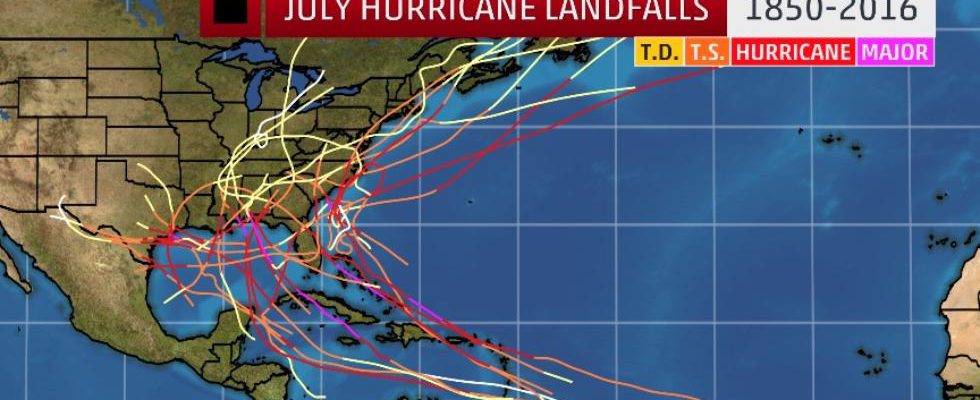
Weather Underground has a nice summary article about where Atlantic hurricanes typically make landfall in July. The most likely state is Texas, followed by Florida. You can see the full list and read more about some of the storms at https://www.wunderground.com/news/july-hurricane-landfalls-in-us-by-state?__prclt=Kg5wbNs7.
Posted in: Tropical weather -
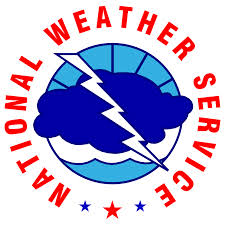
The National Weather Service’s Southeast River Forecast Center has released their latest Water Resource Outlook video. You can find it at https://www.youtube.com/watch?v=aU-AZrybsKQ&feature=youtu.be.
-

The latest Drought Monitor published this morning shows that only 0.38% of the Southeast is now in abnormally dry conditions, including small patches in eastern Georgia and in central Virginia. All drought is gone. In many places, farmers are rejoicing, but in other areas too much rain has made it difficult to get into the…
Posted in: Drought -
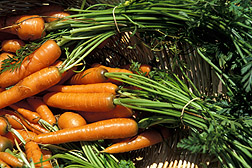
Vegetable and Specialty Crop News posted an interesting story this week on the growth of the carrot industry in northeast Florida in recent years as producers are looking for new crops to grow. According to the story, the total number of acres produced in Florida is around 5,000 acres, which is small compared to bigger…
-
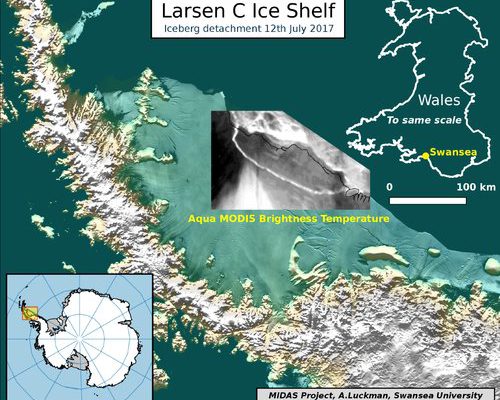
Scientists have been watching the birth of a new massive iceberg from the Larsen C ice shelf in Antarctica over the past few months. Today it was announced that the final separation of the huge ice chunk has occurred as the last 3-mile segment of crack split. Since this is floating ice, the loss of…
Posted in: Climate and Ag in the news